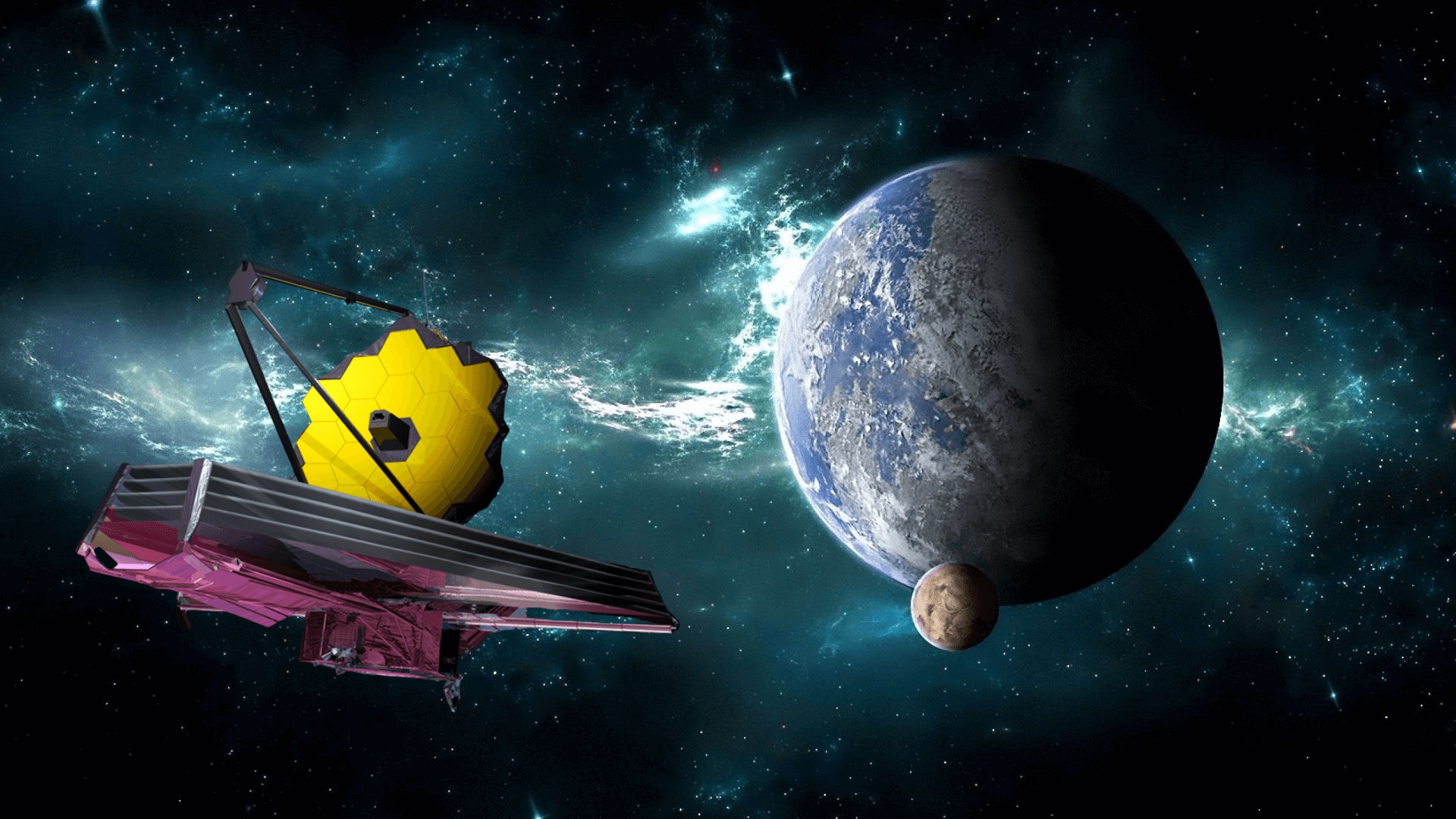Recently, the James Webb Space Telescope began observing the planets of the Solar System. First, the 10-billion-year-old laboratory saw Jupiter, and then turned its gaze to Mars. These observations are important for instrument calibration, for determining the composition of the atmosphere before observing distant exoplanets. But astronomers have expressed concern that JWST data on exoplanets may be interpreted incorrectly. An article about this is published in Nature Astronomy.

James Webb was sent into space to the L2 Lagrange point in 2021. After the successful deployment, JWST became the most expensive telescope in the history of mankind. Its ultra-sensitive devices are capable of taking photos of distant stars, nebulae and other objects in incredible quality and detail.
JWST also has the ability to determine the chemical composition of stars and atmospheres of exoplanets using spectrometers. However, scientists, roughly speaking, can only fix the location of dark bands in the light decomposed by the prism, and the interpretation of these data is carried out using physical models. Therefore, scientists at the Massachusetts Institute of Technology expressed a disappointing assumption that these models may not be reliable enough.
To confirm their concerns, the researchers created a set of artificial spectra obtained from the telescope. Then, using existing models, they tried to determine what chemical composition these spectra correspond to. It turned out that their accuracy is very limited. They do not always allow you to distinguish the temperature of the atmosphere at 26 °C from 326 °C, and also to identify the difference between 5% or 25% of the content of a certain gas, in particular water vapor.
Thus, the boundary between the suitability of the planet for life and unsuitability becomes barely noticeable. Therefore, due to such an error in the data obtained from James Webb, for example, it will be difficult for scientists to distinguish the “living” Earth from the incandescent Venus.
Earlier we reported on how James Webb did not refute the Big Bang Theory.
Follow us on Twitter to get the most interesting space news in time
https://twitter.com/ust_magazine

